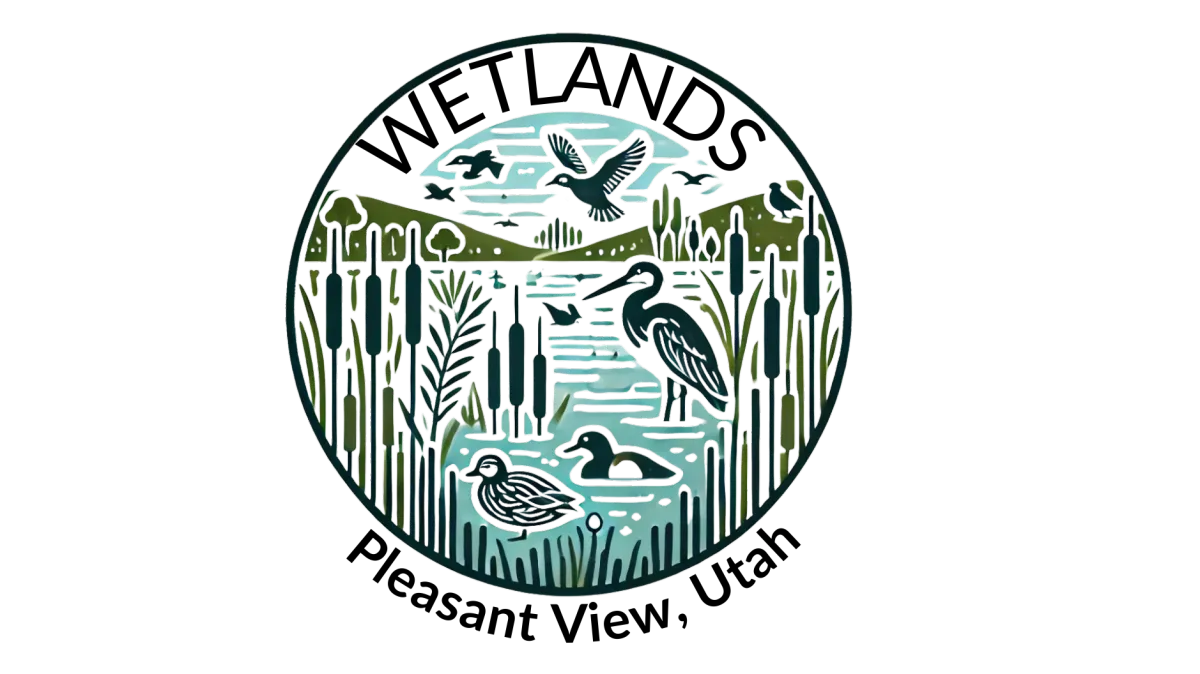These definitions will reveal that the Lee Property is in fact an undesignated wetland that deserves protection.
Classification code: PABGx
System Palustrine (P): The Palustrine System includes all nontidal wetlands dominated by trees, shrubs, persistent emergents, emergent mosses or lichens, and all such wetlands that occur in tidal areas where salinity due to ocean-derived salts is below 0.5 ppt. It also includes wetlands lacking such vegetation, but with all of the following four characteristics: (1) area less than 8 ha (20 acres); (2) active wave-formed or bedrock shoreline features lacking; (3) water depth in the deepest part of basin less than 2.5 m (8.2 ft) at low water; and (4) salinity due to ocean-derived salts less than 0.5 ppt.
Class Aquatic Bed (AB): Includes wetlands and deepwater habitats dominated by plants that grow principally on or below the surface of the water for most of the growing season in most years.
Water Regime Intermittently Exposed (G): Water covers the substrate throughout the year except in years of extreme drought.
Special Modifier Excavated (x): This Modifier is used to identify wetland basins or channels that were excavated by humans.
Classification code: PFOA
System Palustrine (P): The Palustrine System includes all nontidal wetlands dominated by trees, shrubs, persistent emergents, emergent mosses or lichens, and all such wetlands that occur in tidal areas where salinity due to ocean-derived salts is below 0.5 ppt. It also includes wetlands lacking such vegetation, but with all of the following four characteristics: (1) area less than 8 ha (20 acres); (2) active wave-formed or bedrock shoreline features lacking; (3) water depth in the deepest part of basin less than 2.5 m (8.2 ft) at low water; and (4) salinity due to ocean-derived salts less than 0.5 ppt.
Class Forested (FO): Characterized by woody vegetation that is 6 m tall or taller.
Water Regime Temporary Flooded (A): Surface water is present for brief periods (from a few days to a few weeks) during the growing season, but the water table usually lies well below the ground surface for the most of the season.
Classification code: R4SBC
System Riverine (R): The Riverine System includes all wetlands and deepwater habitats contained within a channel, with two exceptions: (1) wetlands dominated by trees, shrubs, persistent emergents, emergent mosses, or lichens, and (2) habitats with water containing ocean-derived salts of 0.5 ppt or greater. A channel is an open conduit either naturally or artificially created which periodically or continuously contains moving water, or which forms a connecting link between two bodies of standing water.
Subsystem Intermittent (4): This Subsystem includes channels that contain flowing water only part of the year. When the water is not flowing, it may remain in isolated pools or surface water may be absent.
Class Streambed (SB): Includes all wetlands contained within the Intermittent Subsystem of the Riverine System and all channels of the Estuarine System or of the Tidal Subsystem of the Riverine System that are completely dewatered at low tide.
Water Regime Seasonally Flooded (C): Surface water is present for extended periods especially early in the growing season, but is absent by the end of the growing season in most years. The water table after flooding ceases is variable, extending from saturated to the surface to a water table well below the ground surface.
Classification code: PEM1C
System Palustrine (P): The Palustrine System includes all nontidal wetlands dominated by trees, shrubs, persistent emergents, emergent mosses or lichens, and all such wetlands that occur in tidal areas where salinity due to ocean-derived salts is below 0.5 ppt. It also includes wetlands lacking such vegetation, but with all of the following four characteristics: (1) area less than 8 ha (20 acres); (2) active wave-formed or bedrock shoreline features lacking; (3) water depth in the deepest part of basin less than 2.5 m (8.2 ft) at low water; and (4) salinity due to ocean-derived salts less than 0.5 ppt.
Class Emergent (EM): Characterized by erect, rooted, herbaceous hydrophytes, excluding mosses and lichens. This vegetation is present for most of the growing season in most years. These wetlands are usually dominated by perennial plants.
Subclass Persistent (1): Dominated by species that normally remain standing at least until the beginning of the next growing season. This subclass is found only in the Estuarine and Palustrine systems.
Water Regime Seasonally Flooded (C): Surface water is present for extended periods especially early in the growing season, but is absent by the end of the growing season in most years. The water table after flooding ceases is variable, extending from saturated to the surface to a water table well below the ground surface.
